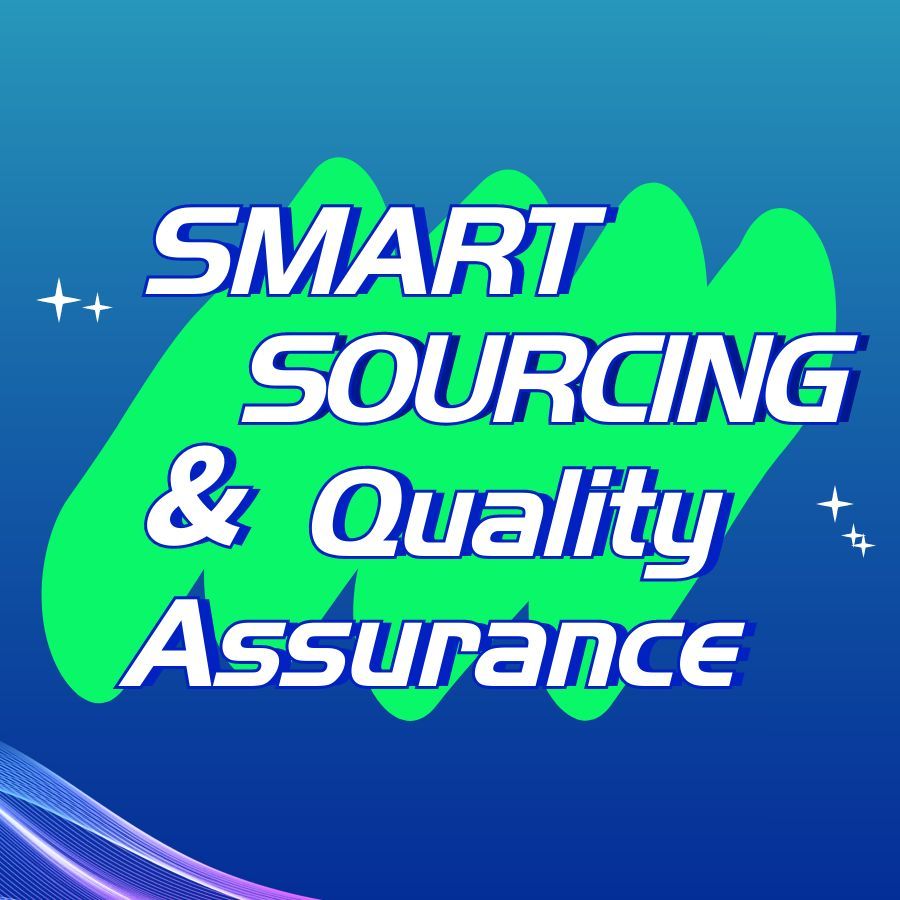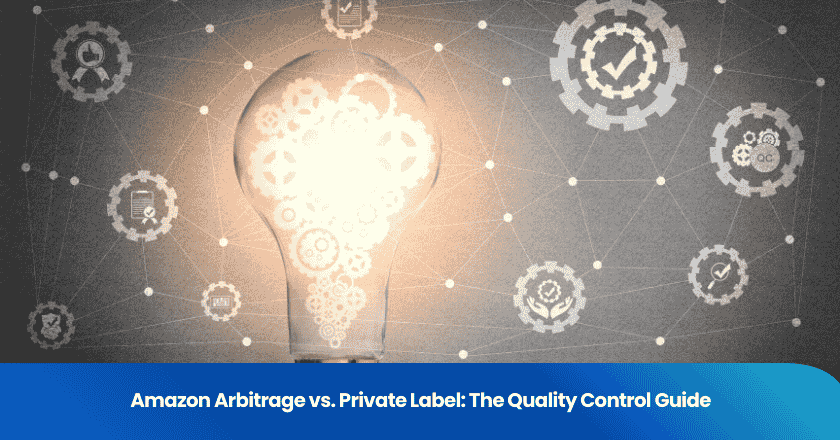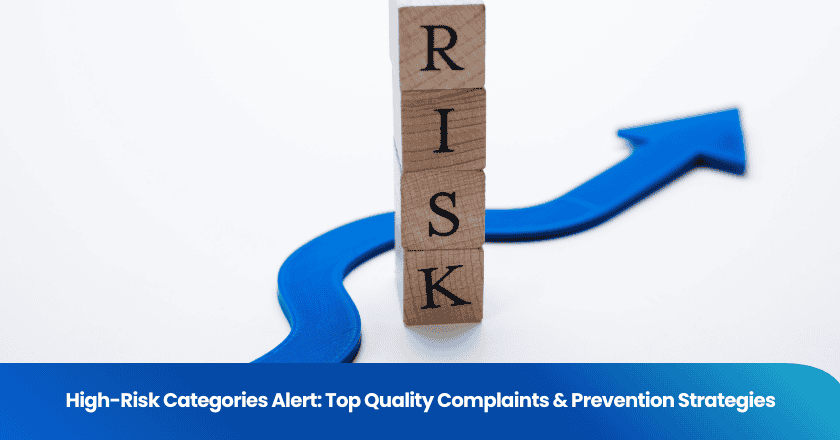
A physical inspection means you or a qualified expert examine an asset or location in person to check its actual condition. You use this process to spot hazards, confirm safety standards, and ensure everything meets required guidelines. This step helps you catch problems early, protect people, and maintain high standards across your operations.
Key Takeaways
- Physical inspections involve hands-on evaluations to check the actual condition of assets, helping to identify hazards and ensure safety.
- Regular inspections prevent costly repairs by catching small issues before they escalate into major problems.
- Safety inspections are crucial for protecting employees and ensuring compliance with industry regulations.
- Documenting inspection findings supports accountability and helps in planning maintenance effectively.
- Using both physical and digital inspection methods enhances accuracy and efficiency in asset management.
Physical Inspection Basics
What Is a Physical Inspection
A physical inspection involves a direct, hands-on evaluation of an asset, facility, or piece of equipment. You or a qualified inspector visit the site to assess its actual condition, rather than relying on digital images or remote data. This process plays a vital role across many industries, including manufacturing, construction, oil and gas, logistics, and property management. You use a physical inspection to verify the state of physical assets, confirm that they meet quality standards, and ensure compliance with regulations.
Physical inspections allow you to see, touch, and test assets in real time. This approach helps you identify issues that digital tools or remote assessments might miss.
You will find several common types of physical inspection performed in different industries:
1. Pre-Production Inspection
2. Initial Production Check (IPC)
3. During Production Inspection (DUPRO)
4. Final Product Inspection or Pre-Shipment Inspection (PSI)
5. Container Loading Inspection
6. In-Line Inspection
7. Production Monitoring
Each type serves a specific purpose, from checking raw materials before production starts to verifying finished goods before shipment.
Core Purpose
The main objectives of a physical inspection focus on three key areas: identifying defects, spotting hazards, and ensuring quality control. When you conduct a physical inspection, you look for visible damage, wear, or malfunction. You also check for safety risks, such as faulty wiring, leaks, or structural weaknesses. This process helps you maintain high standards and avoid costly mistakes.
Physical inspections also support compliance with industry regulations and safety standards. In sectors like oil and gas, inspectors often need specialized training and certification.
You gain peace of mind when you know that trained professionals have checked your assets. A thorough physical inspection helps you catch problems early, reduce risks, and keep your operations running smoothly.
While digital tools and automation have improved inspection accuracy and efficiency, a physical inspection remains essential for tasks that require human judgment and direct interaction. You can use digital tools to supplement your inspections, but nothing replaces the value of seeing and testing assets in person.
Why Physical Inspections Matter
Safety Inspections
You rely on safety inspections to protect everyone in your facility. These inspections help you spot hazards before they cause harm. You check machinery and equipment for defects that could lead to injuries. You review housekeeping practices to prevent slips, trips, and falls. You confirm that personal protective equipment is available and used correctly. Safety inspections give you a clear record of your efforts to maintain a safe environment. Neglecting safety inspections can result in severe injuries, especially when machinery incidents occur. You use safety inspections to ensure compliance with standards and to prevent catastrophic failures.
Compliance and Cost Prevention
Physical inspections play a key role in compliance and cost prevention. You use inspections to verify that your facility meets government regulations. In industries like food processing, you check safety standards, assess corrective actions, and evaluate operational practices. You rely on inspections to avoid regulatory fines and penalties. You demonstrate your commitment to safety and build trust with authorities. You correct violations immediately to reduce risks. Early detection of compliance issues saves you money by preventing expensive repairs and replacements. You minimize downtime and maintain productivity. You enhance safety and protect your workforce. Physical inspections help you meet legal requirements in industries such as aviation, where you check documentation, verify part condition, and ensure traceability. You use inspections to confirm that assets meet standards and are ready for audits. You rely on inspections to support your business and keep operations running smoothly.
Physical Inspection Process
Visual Asset Inspection
You begin every physical inspection with a visual asset inspection. This step forms the foundation of site surveys and routine monitoring. You walk through the facility, observing each asset closely. You look for signs of wear and tear, surface defects, cracks, corrosion, and alignment issues. You check for physical anomalies that could signal deeper problems. Visual asset inspection helps you catch issues early, before they escalate into costly repairs or safety hazards.
During visual asset inspection, you use a comprehensive checklist. You examine structural elements like the foundation and roof. You assess mechanical systems, including electrical and plumbing. You verify safety features such as smoke detectors and emergency exits. You also inspect finishes, like paint or flooring, for signs of underlying issues. Visual asset inspection gives you a clear picture of asset health and supports effective site surveys.
Tip: Consistent visual asset inspection as part of routine monitoring helps you maintain high standards and avoid surprises.
Step-by-Step Overview
A typical physical inspection process follows a structured approach. You can break it down into these key steps:
1. Pre-Inspection Agreement: You define the scope, expectations, and cost before starting. This ensures everyone understands the process.
2. On-Site Evaluation: You conduct a thorough walkthrough, performing visual asset inspection on both the exterior and interior. You look for damage, hazards, and compliance issues.
3. Testing Systems: You test systems like HVAC and plumbing to uncover hidden faults. Visual asset inspection alone may not reveal all problems, so hands-on testing is essential.
4. Documentation and Reporting: You generate detailed reports. These include inspection findings, measurement data, and recommendations for repairs. You log deliveries, verify items against orders, and cross-check paperwork.
5. Review and Action: You review the inspection report and decide on necessary actions. Inspection reports guide your maintenance and asset management decisions.
You rely on visual asset inspection throughout each step. Routine monitoring and site surveys depend on accurate documentation. Inspection reports provide a factual basis for ongoing maintenance and capital planning. You use these insights to allocate budgets and prioritize repairs.
Modern technology has improved the efficiency of visual asset inspection. Drones capture high-resolution images during site surveys. IoT devices monitor asset health in real time. Artificial intelligence analyzes inspection data and predicts failures. Digital twins and cloud platforms centralize your inspection records and streamline reporting.
Note: Detailed documentation from visual asset inspection supports compliance, accountability, and long-term asset management.
Real-World Impact
Skipping Inspections
When you skip physical asset inspection, you put your operations and people at risk. In the transportation industry, for example, a multi-ton truck bed once dropped suddenly because a hydraulic cylinder burst. This type of failure often happens when you miss regular workplace inspections and overlook warning signs. You might think remote asset inspection can replace a hands-on examination, but it cannot catch every issue. Without a comprehensive examination, small problems can grow into major hazards.
Skipping regular workplace inspections can lead to equipment breakdowns, workplace injuries, and even regulatory penalties. You may face unexpected downtime, costly repairs, or damage to your reputation.
Benefits of Physical Asset Inspection
You gain many advantages when you make physical asset inspection a routine part of your operations. Regular workplace inspections help you spot urgent issues and prioritize repairs, so you do not waste resources on minor fixes. You can plan your budget more effectively because you know what to expect and where to allocate funds. Addressing small issues early prevents costly, unexpected breakdowns and keeps your facility running smoothly.
Physical asset inspection also supports compliance and risk management. A recent survey showed that 63% of businesses avoided financial penalties by maintaining compliance. When you use remote asset inspection alongside hands-on examination, you automate risk assessments and scale your risk management programs. Compliance ensures your asset management processes run smoothly, with fewer disruptions and more cost-effective inspections.
Regular workplace inspections and physical asset inspection give you the information you need for critical assessments and better decision-making. You protect your team, your assets, and your bottom line by making inspections a priority.
You now understand that physical inspections involve hands-on evaluations to ensure asset safety, compliance, and quality. Regular inspections help you catch hazards early, make informed decisions, and maintain operational excellence.
Regular physical inspections shift your approach from reactive to proactive, minimizing downtime and extending asset lifespan.
Make inspections a positive habit. You protect your team, assets, and reputation by staying proactive.
FAQ
What is the difference between a physical inspection and a remote inspection?
A physical inspection requires you to visit the site and examine assets in person. Remote inspection uses cameras or sensors. You gain more accurate results and spot subtle issues with a physical inspection.
How often should you perform physical inspections?
You should follow industry standards or legal requirements. Many workplaces schedule inspections monthly or quarterly. High-risk environments may need more frequent checks.
Who can conduct a physical inspection?
You can assign trained staff or hire certified inspectors. Some industries require inspectors to hold specific certifications. Always ensure the inspector understands the asset and relevant regulations.
Grow your business with TradeAider Service
Click the button below to directly enter the TradeAider Service System. The simple steps from booking and payment to receiving reports are easy to operate.




